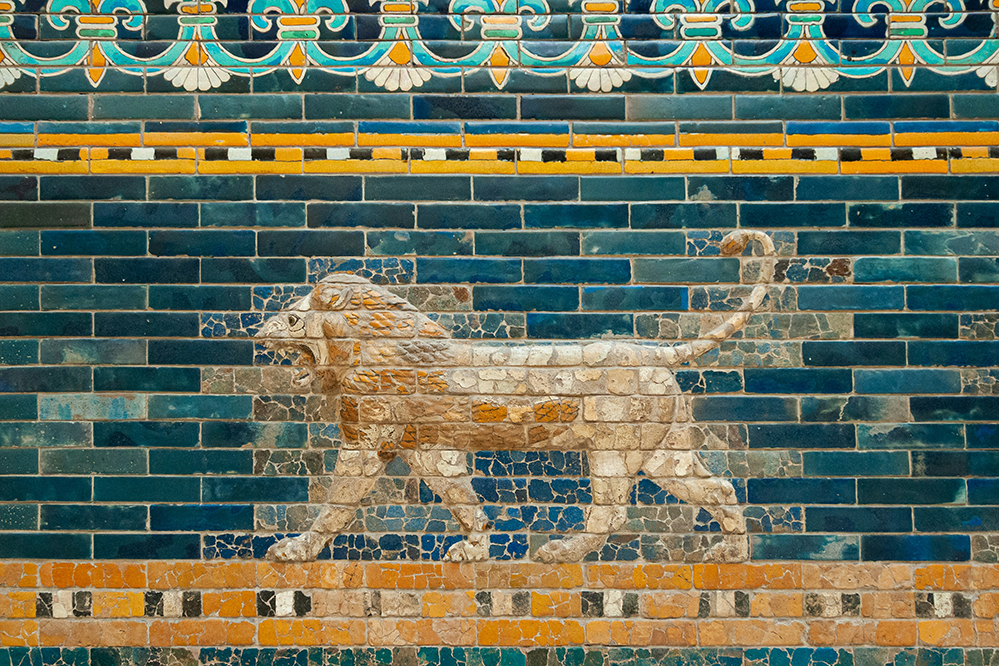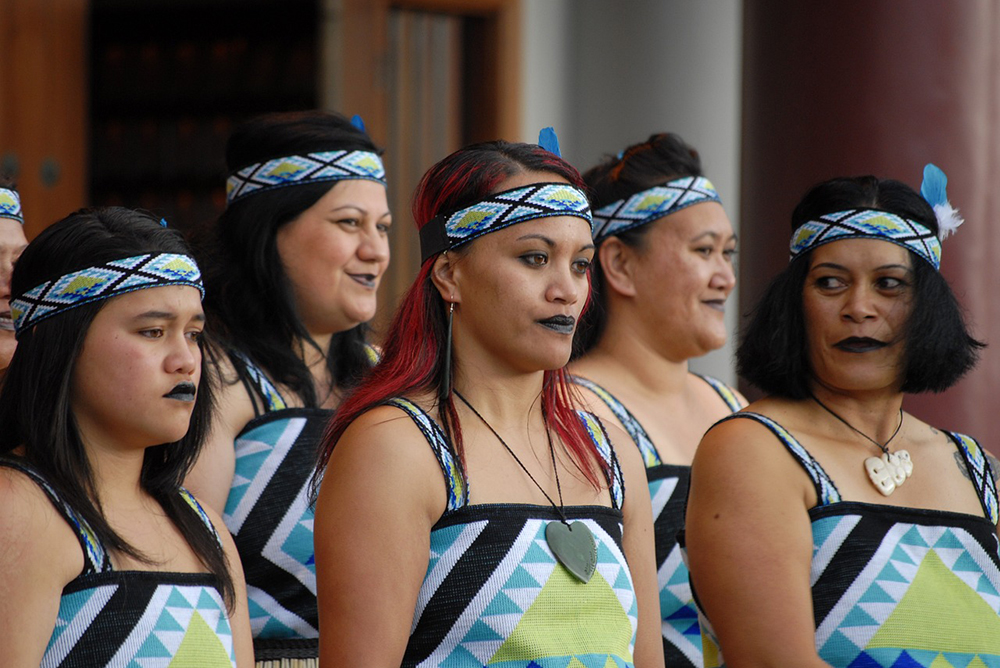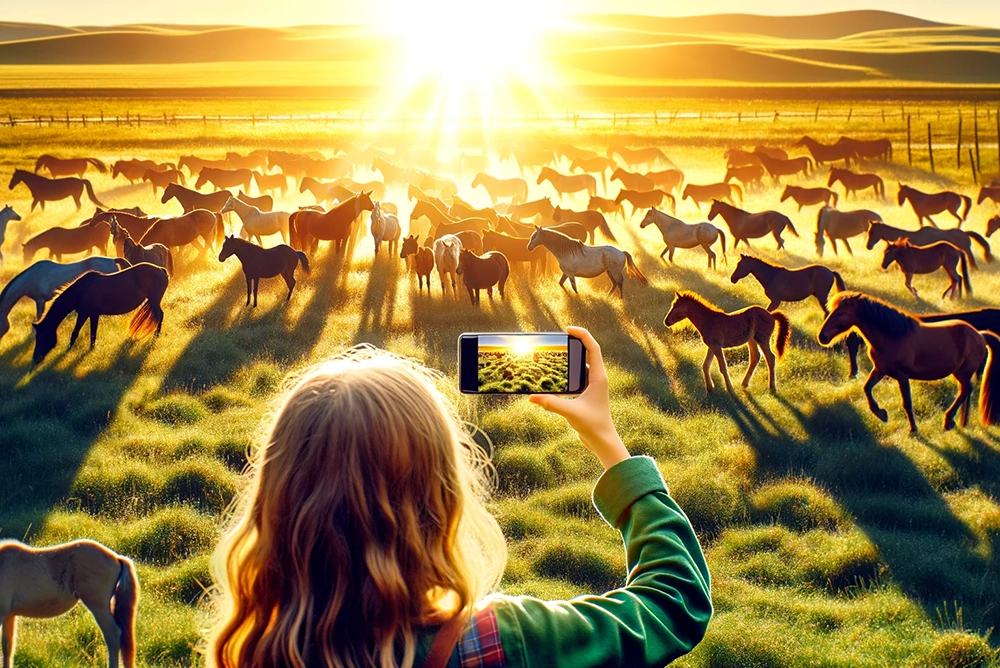Since 2012, Prof. Dr. Oliver Bendel has been building chatbots and voice assistants – partly with his students and partly on his own. These have been discussed by the media and found interesting by NASA. He gained his theoretical knowledge and practical illustrative material from his doctorate on this topic a quarter of a century ago. Since 2022, the focus has been on dialog systems for dead and endangered languages. Under his supervision, Karim N’diaye developed the chatbot @ve for Latin and Dalil Jabou the chatbot @llegra for Vallader, an idiom of Rhaeto-Romanic, enhanced with voice output. Since May 2024, he has been testing the scope of GPTs – “custom versions of ChatGPT”, as OpenAI calls them – for endangered languages such as Irish (Irish Gaelic), Maori, and Basque. Prototypes have already been created for all three, namely Irish Girl, Maori Girl, and Adelina (for Basque). He is also investigating the potential for extinct languages such as Egyptian and Akkadian. The GPTs do not readily communicate in hieroglyphics or cuneiform, but they can certainly represent and explain signs of visual languages. It is even possible to enter entire sentences and ask how they can be improved. The result is then – to stay with Akkadian – complex structures made up of cuneiform characters. H@mmur@pi specializes in this language. He is also familiar with the culture and history of the region.
Maori Girl Can Speak and Write Maori
Conversational agents have been the subject of Prof. Dr. Oliver Bendel’s research for a quarter of a century. He dedicated his doctoral thesis at the University of St. Gallen from the end of 1999 to the end of 2022 to them – or more precisely to pedagogical agents, which would probably be called virtual learning companions today. He has been a professor at the FHNW School of Business since 2009. From 2012, he mainly developed chatbots and voice assistants in the context of machine ethics, including GOODBOT, LIEBOT, BESTBOT, and SPACE THEA. In 2022, the information systems specialist and philosopher of technology then turned his attention to dead and endangered languages. Under his supervision, Karim N’diaye developed the chatbot @ve for Latin and Dalil Jabou the chatbot @llegra for Vallader, an idiom of Rhaeto-Romanic, enhanced with voice output. He is currently testing the range of GPTs – “customized versions of ChatGPT”, as OpenAI calls them – for endangered languages such as Irish (Irish Gaelic), Maori, and Basque. According to ChatGPT, there is a relatively large amount of training material for them. On May 9, 2024 – one week after Irish Girl – a first version of Maori Girl was created. At first glance, it seems to have a good grasp of the Polynesian language of the indigenous people of New Zealand. You can have the answers translated into English or German. Maori Girl is available in the GPT Store and will be further improved over the next few weeks
“The Animal Whisperer” Project Starts
On March 18, 2024, the kick-off meeting for the project “The Animal Whisperer” took place at the FHNW School of Business. It was initiated by Prof. Dr. Oliver Bendel, who has been working on animal-computer interaction and animal-machine interaction for many years. Nick Zbinden, a student of business information systems, has been recruited to work on the project. As part of his final thesis, he will develop three GPT-4-based applications that can be used to analyze the body language and environment of cows, horses and dogs. The aim is to avert danger to humans and animals. For example, a hiker can receive a recommendation on their smartphone not to cross a pasture if a mother cow and her calves are present. All they have to do is call up the application and take a photo of the area. Nick Zbinden will evaluate literature and conduct several expert interviews to find out more about the situation of farm and domestic animals and their behavior. He will demonstrate the possibilities, but also the limitations of multimodal language models in this context. The results will be available in August 2024 (Image: DALL-E 3).
Talking with Social Robotics Girl
On November 6, 2023, OpenAI made so-called GPTs available to ChatGPT Plus users. According to the US company, anyone can easily create his or her own GPT without any programming knowledge. Initial tests have shown the performance of the new function. ChatGPT suggests a name for the chatbot, creates the profile picture and accepts documents with text and reference lists to expand its knowledge of the topic. The function is ideal for creating your own learning companions, modern educational agents so to speak. But you can also benefit from chatbots from other users and providers. A GPT called Social Robotics Girl, which provides information about social robotics, has been available since November 12, 2023. It was created by Prof. Dr. Oliver Bendel and is based on a collection of his articles on this topic. It can therefore give his definition of social robots and make classifications based on his five-dimension model. ChatGPT Plus users can access Social Robotics Girl via chat.openai.com/g/g-TbhZSZaer-social-robotics-girl (Image: DALL-E 3).



